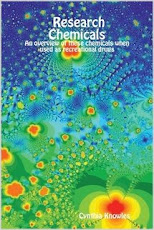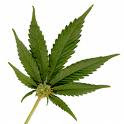The Legend: Visine eye drops are a hallucinogen and drinking them will get you high.
Status: False
Example:
[Taken from the Internet]
"I've tasted it, and, so far as know, I'm the only person to taste it at high levels. It gives an itchy, uncomfortable dizziness that I wouldn't characterize as a "high" and certainly not a psychedelic one. Effects were intense, and culminated in me retching the shit back up."
Variations:
- Putting a few drops of Visine into a drink will cause diarrhea.
Analysis:
Visine actually does contain some pretty interesting chemicals, oxymetazoline, and tetrahydrozoline among them. Neither is a psychoactive drug, neither will get you high, and both can make you pretty damn sick.
As for adding Visine to someone's drink, it's said that this is an age-old barmaid trick for dealing with difficult customers. Most of us have heard this one and have been told about a friend of a friend that this happened to. Seems like a harmless enough prank, except that it isn't harmless.
Ingesting the active ingredient in Visine, tetrahydrozoline, can be quite dangerous, causing blurred vision, difficulty breathing, nausea, vomiting, seizures, tremors , coma and respiratory arrest. Diarrhea is nowhere on this list. Pfizer, the manufacturer, warns that if this product is swallowed that emergency medical help or help from a poison control center is recommended. And it doesn't take much to bring on these deadly symptoms, (Tobias, 1996).
Unfortunately, revenge-seekers don't always research their methods before implementing their plan. In a highly publicized incident in 1995, a clerk at Whole Foods Market spiked a customer's drink with a bottle of Visine thinking she was playing a practical joke. The victim became violently ill and was hospitalized for days. He survived to bring a $1 million lawsuit against Whole Foods Market.
In January of 2009 a Missouri woman tried to kill her husband by putting Visine into his tea. A statement of probable cause said the husband had been having stomach problems for the past two months. He lived, she was arrested and charged with first degree assault.
Keep in mind that secretly putting something into someone else's food or drink with the intention of harming them is called poisoning, and it is a crime.





